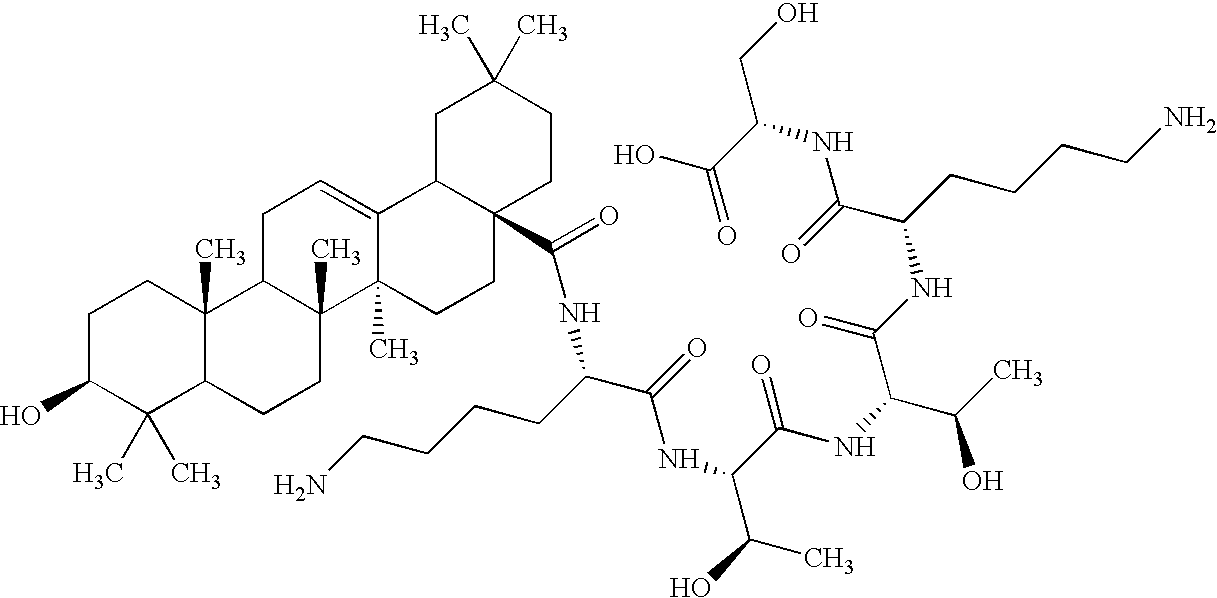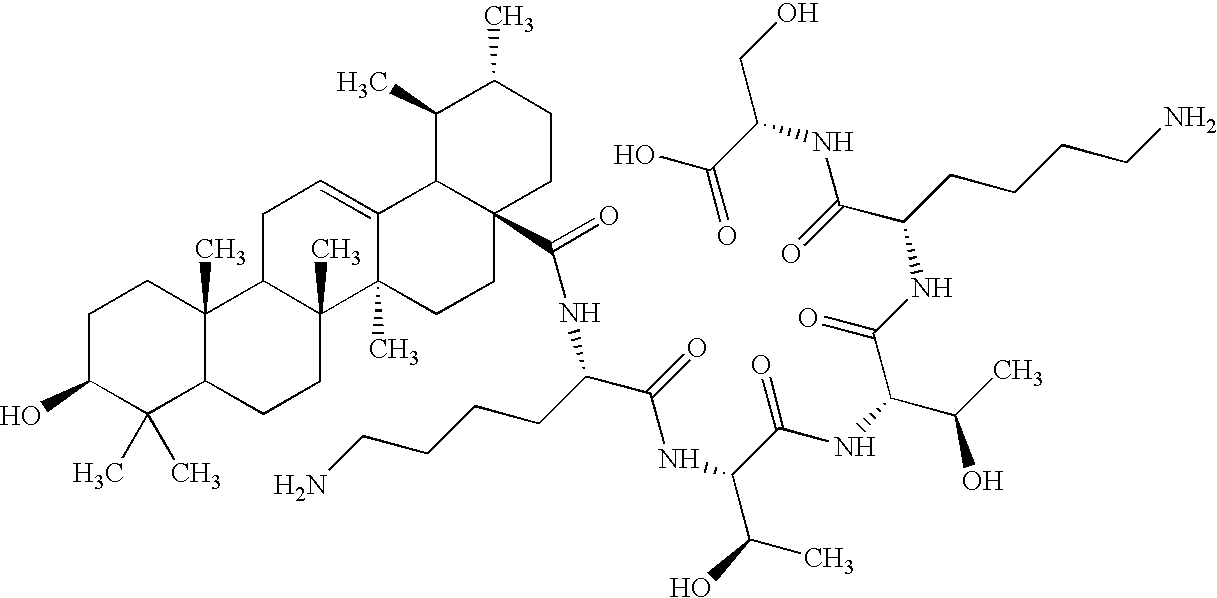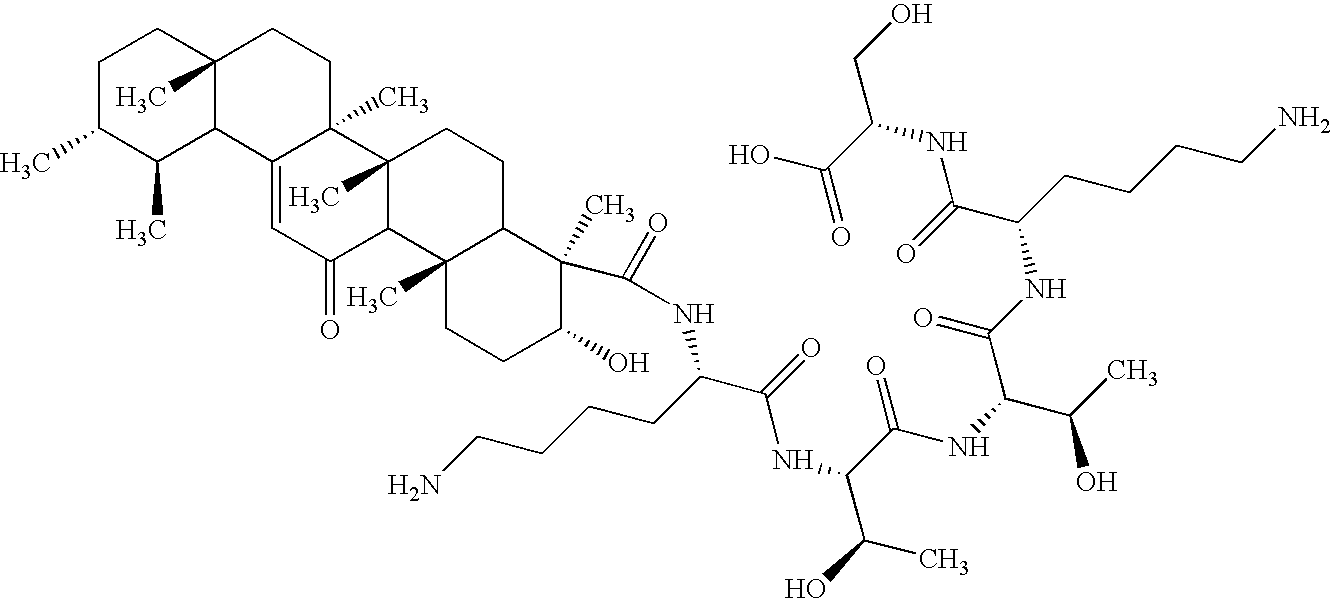Hypertonic Influence on Antioxidant Activity: Scientific Insights
Hypertonic Antioxidant Research Background
The study of hypertonic influence on antioxidant activity has gained significant attention in recent years, driven by the growing interest in understanding the complex interactions between cellular environments and oxidative stress mechanisms. This research area emerged from the intersection of cellular biology, biochemistry, and nutrition sciences, as scientists sought to unravel the intricate relationships between osmotic pressure, antioxidant efficacy, and cellular health.
Historically, antioxidant research primarily focused on the chemical properties and direct scavenging abilities of various compounds. However, the recognition that cellular environments play a crucial role in modulating antioxidant activity has led to a paradigm shift in this field. The concept of hypertonic influence on antioxidant activity began to take shape in the late 1990s, with pioneering studies demonstrating that osmotic stress could significantly alter the redox balance within cells.
As research progressed, it became evident that hypertonic conditions could profoundly impact the expression, activity, and efficacy of endogenous antioxidant systems. This realization opened up new avenues for investigation, prompting researchers to explore how manipulating osmotic environments could potentially enhance or inhibit antioxidant functions. The implications of these findings extended beyond basic science, offering potential applications in fields such as food preservation, pharmaceutical development, and medical treatments.
The evolution of this research area has been marked by several key milestones. Early studies focused on observing the effects of hypertonic conditions on simple antioxidant molecules in vitro. As techniques advanced, researchers began to investigate more complex biological systems, including cell cultures and animal models. The development of sophisticated analytical methods, such as high-resolution mass spectrometry and advanced imaging techniques, has further accelerated progress in this field.
Current research objectives in this area are multifaceted. Scientists aim to elucidate the molecular mechanisms underlying the hypertonic influence on antioxidant activity, identify potential therapeutic targets, and develop novel strategies for enhancing antioxidant efficacy in various biological and industrial contexts. Additionally, there is a growing interest in understanding how hypertonic conditions might be leveraged to improve the stability and bioavailability of antioxidant compounds in food and pharmaceutical products.
As the field continues to evolve, researchers are increasingly focusing on translating these scientific insights into practical applications. This includes exploring the potential of hypertonic antioxidant formulations for treating oxidative stress-related diseases, developing advanced food preservation techniques, and creating more effective skincare products. The interdisciplinary nature of this research area promises to yield innovative solutions to a wide range of challenges in health, nutrition, and biotechnology.
Market Demand Analysis
The market demand for research and products related to hypertonic influence on antioxidant activity has been steadily growing in recent years. This surge in interest is primarily driven by the increasing awareness of the importance of antioxidants in maintaining health and preventing various diseases. The food and beverage industry, in particular, has shown a keen interest in incorporating antioxidant-rich ingredients into their products, especially those that can maintain their efficacy under hypertonic conditions.
Consumer demand for functional foods and beverages with enhanced antioxidant properties has created a significant market opportunity. Health-conscious consumers are seeking products that offer additional health benefits beyond basic nutrition. This trend has led to the development of a wide range of products, from sports drinks to dietary supplements, that claim to provide antioxidant benefits even in hypertonic environments.
The pharmaceutical and nutraceutical industries have also recognized the potential of antioxidants that remain effective under hypertonic conditions. These industries are investing in research and development to create new formulations and delivery systems that can maintain antioxidant activity in various physiological environments. This has opened up new avenues for drug development and targeted therapies, particularly for conditions associated with oxidative stress.
In the cosmetics and skincare sector, there is a growing demand for products that can deliver antioxidants effectively to the skin, even in the presence of hypertonic solutions. This has led to innovations in formulations and the development of new active ingredients that can withstand osmotic stress while maintaining their antioxidant properties.
The agricultural industry has also shown interest in understanding the hypertonic influence on antioxidant activity, particularly in the context of crop protection and post-harvest preservation. Farmers and food processors are looking for solutions that can enhance the antioxidant content of fruits and vegetables, even under stressful environmental conditions.
Market analysis indicates that the global antioxidant market is expected to continue its growth trajectory, with a significant portion of this growth attributed to products and technologies that address the challenges of maintaining antioxidant activity in hypertonic environments. This trend is likely to drive further research and innovation in the field, leading to the development of more effective and targeted antioxidant solutions.
As the scientific community continues to uncover new insights into the relationship between hypertonic conditions and antioxidant activity, it is anticipated that new market segments will emerge. These may include specialized medical treatments, advanced food preservation techniques, and novel environmental applications. The potential for cross-industry collaborations is also high, as findings from one sector could have significant implications for others.
Current Challenges in Hypertonic Antioxidant Studies
The field of hypertonic antioxidant studies faces several significant challenges that hinder progress and limit the potential applications of this promising area of research. One of the primary obstacles is the complexity of the interactions between hypertonic environments and antioxidant activity. The mechanisms by which hypertonicity influences antioxidant efficacy are not fully understood, making it difficult to predict and optimize antioxidant performance in various hypertonic conditions.
Another major challenge is the lack of standardized methodologies for assessing antioxidant activity in hypertonic environments. Traditional assays may not accurately reflect the behavior of antioxidants under these conditions, leading to inconsistent or unreliable results across different studies. This lack of standardization hampers the comparison of findings and slows the overall progress in the field.
The stability and bioavailability of antioxidants in hypertonic solutions present additional hurdles. Many antioxidants exhibit reduced solubility or increased degradation in high-osmolarity environments, limiting their effectiveness and shelf life. Researchers struggle to develop formulations that maintain antioxidant potency while withstanding the challenges posed by hypertonic conditions.
Furthermore, the potential toxicity and side effects of antioxidants in hypertonic environments remain a concern. The altered cellular physiology under hypertonic stress may lead to unexpected interactions between antioxidants and biological systems, necessitating thorough safety evaluations and limiting the translation of research findings into practical applications.
The scalability of hypertonic antioxidant solutions for industrial or commercial use poses another significant challenge. Maintaining consistent antioxidant activity in large-scale hypertonic formulations while ensuring cost-effectiveness and stability is a complex task that requires further research and development.
Lastly, the interdisciplinary nature of hypertonic antioxidant studies demands collaboration between experts in various fields, including biochemistry, cell biology, and materials science. Bridging the knowledge gaps between these disciplines and fostering effective communication among researchers remains a persistent challenge in advancing the field.
Addressing these challenges will require concerted efforts in developing novel experimental techniques, improving analytical methods, and enhancing our understanding of the fundamental principles governing antioxidant behavior in hypertonic environments. Overcoming these obstacles will pave the way for innovative applications in food preservation, pharmaceutical formulations, and medical treatments involving hypertonic antioxidant systems.
Existing Hypertonic Antioxidant Methodologies
01 Hypertonic solutions with antioxidant properties
Hypertonic solutions containing antioxidants can be formulated to provide both osmotic effects and protection against oxidative stress. These solutions may include compounds such as ascorbic acid, tocopherols, or plant-derived antioxidants, which can scavenge free radicals and reduce cellular damage in various applications.- Hypertonic solutions with antioxidant properties: Hypertonic solutions containing antioxidants can be formulated to provide both osmotic effects and protection against oxidative stress. These solutions may include compounds such as ascorbic acid, tocopherols, or plant-derived antioxidants, which can scavenge free radicals and reduce cellular damage in various applications.
- Antioxidant activity in marine-derived compounds: Marine organisms, particularly algae and seaweeds, can be sources of novel antioxidant compounds. These compounds may be extracted and incorporated into hypertonic solutions to enhance their antioxidant activity. The unique properties of marine-derived antioxidants can offer advantages in various applications, including cosmetics and pharmaceuticals.
- Synergistic effects of hypertonic solutions and antioxidants: The combination of hypertonic solutions with antioxidants can lead to synergistic effects, enhancing both the osmotic properties and the antioxidant activity. This synergy can be particularly beneficial in wound healing, tissue preservation, and other medical applications where both osmotic balance and protection against oxidative stress are crucial.
- Antioxidant activity measurement in hypertonic environments: Specialized methods and techniques can be developed to accurately measure antioxidant activity in hypertonic solutions. These methods may need to account for the effects of high osmolarity on chemical reactions and cellular responses, ensuring reliable assessment of antioxidant efficacy in various hypertonic formulations.
- Applications of hypertonic antioxidant solutions: Hypertonic solutions with enhanced antioxidant activity find applications in diverse fields such as medicine, food preservation, and biotechnology. These solutions can be used for organ preservation, as components in specialized cell culture media, or as active ingredients in functional foods and beverages designed to combat oxidative stress while maintaining osmotic balance.
02 Antioxidant activity in marine-derived compounds
Marine organisms, particularly algae and seaweeds, are rich sources of compounds with potent antioxidant activity. These natural products can be extracted and incorporated into hypertonic solutions for various applications in pharmaceuticals, cosmetics, and food industries, offering both osmotic and protective effects.Expand Specific Solutions03 Synergistic effects of hypertonic solutions and antioxidants
The combination of hypertonic solutions with antioxidants can produce synergistic effects, enhancing both the osmotic properties and the protective capacity against oxidative stress. This synergy can be particularly beneficial in medical applications, such as wound healing or preservation of biological tissues.Expand Specific Solutions04 Formulation techniques for stable hypertonic antioxidant solutions
Developing stable formulations of hypertonic solutions with antioxidant activity requires careful consideration of factors such as pH, ionic strength, and compatibility of ingredients. Advanced techniques like microencapsulation or the use of specific stabilizers can be employed to maintain the efficacy of both the hypertonic and antioxidant components over time.Expand Specific Solutions05 Applications in food preservation and processing
Hypertonic solutions with antioxidant properties find applications in food preservation and processing. These solutions can help extend shelf life, maintain food quality, and prevent oxidative degradation of nutrients. The combination of osmotic dehydration and antioxidant protection offers a dual approach to food preservation.Expand Specific Solutions
Key Players in Antioxidant Research
The research on hypertonic influence on antioxidant activity is in a developing stage, with growing market potential due to its applications in healthcare and food industries. The global antioxidant market is expanding, driven by increasing health awareness and aging populations. Technologically, this field is moderately mature, with ongoing advancements. Companies like FUJIFILM Corp., Unigen Co., Ltd., and Société des Produits Nestlé SA are actively contributing to research and development. Academic institutions such as the University of Pittsburgh and Harbin Institute of Technology are also making significant strides. The involvement of pharmaceutical companies like Merck Sharp & Dohme Corp. and Boehringer Ingelheim International GmbH indicates the potential for clinical applications, while the presence of food industry players suggests diverse commercial opportunities.
Yeda Research & Development Co. Ltd.
Merck Sharp & Dohme Corp.
Core Innovations in Hypertonic Antioxidant Science
- Development of a new natural antioxidant with excellent antioxidant activity and safety for topical application.
- Focus on topical antioxidants that can benefit all skin types, prevent sun damage, and improve cell function.
- Addressing the limitations of current synthetic and natural antioxidants, such as toxicity, heat sensitivity, and weak effects.
- A topical cosmetic composition synthesizing peptides linked to herbal actives such as Oleanolic acid, Boswellic acid, and Ursolic acid, which enhance collagen synthesis, inhibit serine proteases, and possess antioxidant and anti-inflammatory properties, applied to the skin to rejuvenate the dermal matrix and reduce wrinkle formation.
Regulatory Landscape for Antioxidant Products
The regulatory landscape for antioxidant products is complex and multifaceted, involving various governmental agencies and international bodies. In the United States, the Food and Drug Administration (FDA) plays a central role in overseeing antioxidant products, particularly those marketed as dietary supplements or food additives. The FDA's regulatory approach is primarily based on the intended use of the product and the claims made about its effects.
For antioxidants sold as dietary supplements, the Dietary Supplement Health and Education Act (DSHEA) of 1994 provides the regulatory framework. Under this act, manufacturers are responsible for ensuring the safety of their products before they are marketed. However, they are not required to obtain FDA approval before selling these products. The FDA does, however, monitor the market for safety issues and can take action against products that are adulterated or misbranded.
When antioxidants are used as food additives, they fall under stricter regulations. The FDA requires that these substances be approved as "Generally Recognized as Safe" (GRAS) or go through a formal food additive petition process. This ensures that the additives are safe for their intended use and meet specific quality standards.
Internationally, the regulatory landscape becomes even more diverse. The European Food Safety Authority (EFSA) in the European Union has established stringent guidelines for health claims related to antioxidants. Manufacturers must provide substantial scientific evidence to support any claims about the health benefits of their antioxidant products.
In Asia, countries like Japan and China have their own regulatory systems for antioxidant products. Japan's Food for Specified Health Uses (FOSHU) system allows for certain health claims on foods, including those related to antioxidant properties, but requires extensive scientific documentation and government approval.
The Codex Alimentarius Commission, established by the Food and Agriculture Organization (FAO) and the World Health Organization (WHO), provides international food standards that many countries use as a basis for their national regulations. These standards include guidelines for the use of antioxidants in food products.
As research continues to unveil the potential benefits and mechanisms of antioxidants, particularly in hypertonic environments, regulatory bodies are likely to adapt their approaches. This may include more specific guidelines for products claiming antioxidant properties in high-osmolarity conditions or more stringent requirements for demonstrating efficacy in these unique environments.
Environmental Impact of Antioxidant Production
The production of antioxidants, while beneficial for human health and various industrial applications, can have significant environmental implications. The environmental impact of antioxidant production encompasses several aspects, including resource consumption, energy use, waste generation, and potential ecological effects.
One of the primary environmental concerns is the sourcing of raw materials for antioxidant production. Many antioxidants are derived from natural sources, such as plants, fruits, and vegetables. Large-scale cultivation of these sources can lead to land-use changes, potentially contributing to deforestation or habitat loss if not managed sustainably. Additionally, the agricultural practices involved in growing these crops may involve the use of pesticides and fertilizers, which can have detrimental effects on soil and water quality.
The extraction and processing of antioxidants often require substantial energy inputs and chemical solvents. These processes can contribute to greenhouse gas emissions and air pollution, particularly if fossil fuels are the primary energy source. The use of organic solvents in extraction processes may also lead to the release of volatile organic compounds (VOCs) into the atmosphere, potentially impacting air quality and human health.
Water consumption is another significant factor in antioxidant production. Many extraction and purification processes require large volumes of water, which can strain local water resources, especially in water-scarce regions. The discharge of wastewater from these processes, if not properly treated, may contain residual chemicals and organic matter that can pollute water bodies and affect aquatic ecosystems.
Waste generation is an inevitable byproduct of antioxidant production. This includes both solid waste from plant material residues and liquid waste from processing. Proper management and disposal of these wastes are crucial to minimize environmental impact. However, there is potential for valorization of these waste streams, such as using plant residues for bioenergy production or extracting secondary metabolites, which could improve the overall sustainability of the process.
The transportation and packaging of antioxidants also contribute to their environmental footprint. Long-distance shipping of raw materials or finished products increases carbon emissions, while packaging materials, often plastic-based, add to the global plastic waste problem.
On a positive note, the production of certain antioxidants, particularly those derived from agricultural waste or byproducts, can have beneficial environmental effects. By utilizing materials that would otherwise be discarded, these processes can reduce overall waste and improve resource efficiency. Furthermore, some antioxidants have applications in environmental remediation, such as treating contaminated soils or water, potentially offsetting some of the negative impacts associated with their production.
As the demand for antioxidants continues to grow, driven by their applications in food preservation, cosmetics, and healthcare, it is crucial to develop more sustainable production methods. This includes optimizing extraction processes to reduce energy and solvent use, implementing closed-loop systems for water and waste management, and exploring green chemistry principles to minimize environmental impact. Additionally, the development of synthetic antioxidants or the use of biotechnology for production could potentially reduce the reliance on natural resources and associated environmental pressures.




